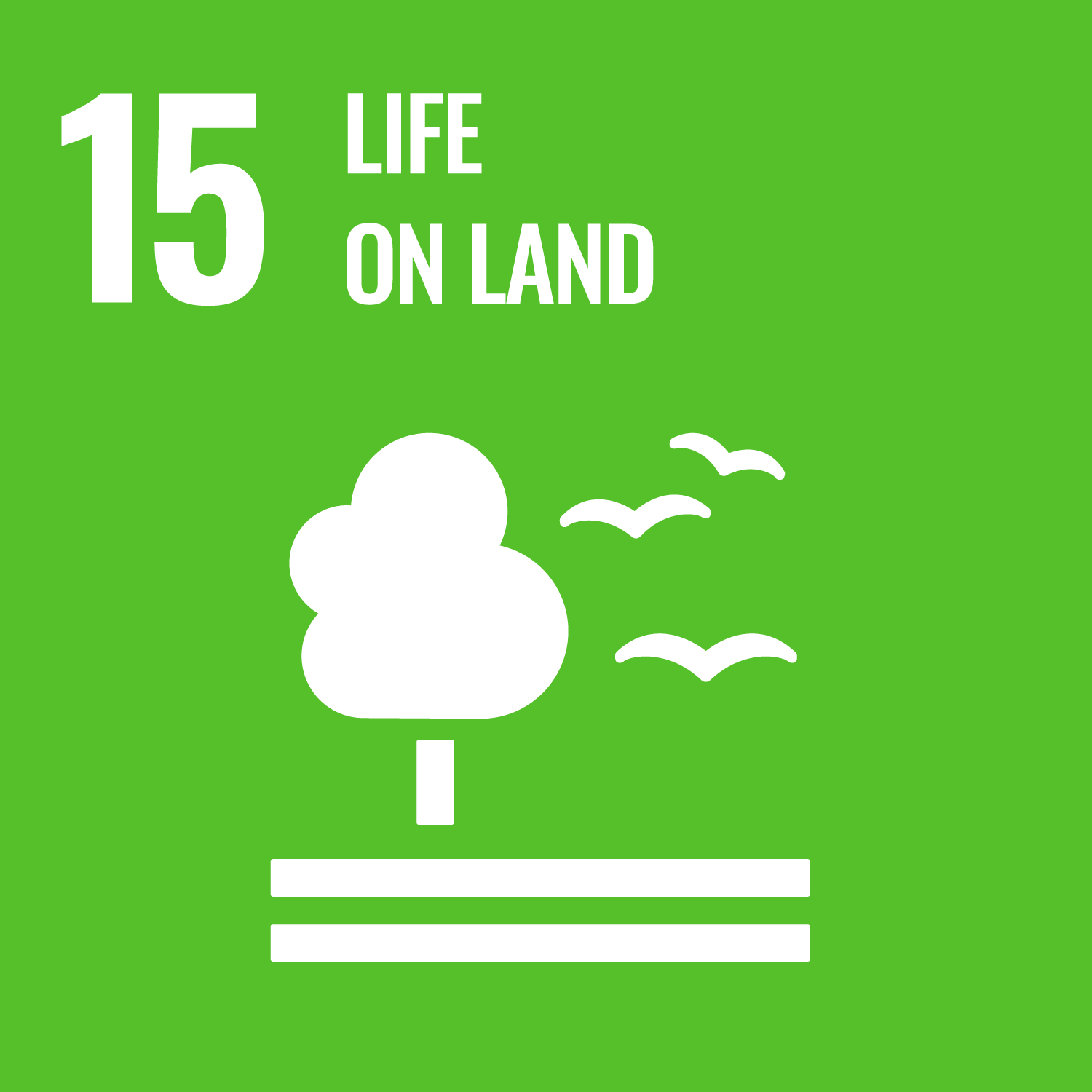How is engineering addressing SDG 15?
Diego Almendrades is co-founder and director at EcoSwell, a sustainable development for-impact organisation, specialising in on-the-ground projects and working with marginalised communities in places that have suffered most from climate change.
Diego is one of the Academy's Frontiers Champions, a one-year follow-up programme that gives previous participants of the Frontiers programmes funding to convene a network of peers on a specific topic through networking events, webinars and workshops. Diego's project is championing ecosystem restoration in Peru's drylands.
The north of Peru is home to a big part of the neotropical dry forest ecosystem. The quebradas or dry gullies (wadis) of Talara, a province just off the northern coast of Peru, used to be covered with this type of forest but have suffered from significant anthropogenic deforestation, degradation and subsequent desertification. 90% of this biome has been lost.
Arid and hyper-arid Talara is dry most of the time but occasionally experiences rains and flash floods, leading to the presence of quebradas, which guide transient rivers whenever heavy rain falls or when El Niño hits Peru - approximately once every decade. These flash floods are of benefit to the ecosystem but cause disruption to the marginalised human settlements that are based along the quebradas and are increasingly vulnerable due to the lack of forest cover.
Diego believes that regenerating the forest ecosystem is a multi-disciplinary, multi-stakeholder project, requiring the government, NGOs, private sector and local population to work together. This consensus-building process is the Diego's focus, and over the 12-month period of the project he will fund both local and digital events to bring together communities, local decision-makers and global experts to establish a holistic vision of the end goal.
Over the long term, using smart indicators like groundwater levels, disaster mitigation, and biodiversity recovery, the project will monitor the transformation of Talara and of Quebrada Pariñas, one of its main watersheds. If successful, the process can be repeated across more watersheds and networks of quebradas surrounding the region.
What is SDG 15?
Every year, 13 million hectares of forests are lost, while degradation of drylands has led to the desertification of 3.6 billion hectares. Biodiversity is at risk, despite 15% of land being protected.
This goal aims to reduce the loss of natural habitats and biodiversity and support global food and water security, climate change mitigation and adaptation, and peace and security.
The Royal Academy of Engineering supports the Sustainable Development Goals.
SDG information taken from the United Nations Development Programme (UNDP) website.

